The Stories of Narborough Hall

Although Narborough Hall is now best known as the county’s premier destination for gifts, the 425 year old Hall has always been, and still is, a family home. The shop is owned and operated by Sophie & Simon Edwards and the house is still owned and lived in by Sophie's parents Paul & Wendy Broadley.
Sophie writes "My parents bought Narborough Hall all as a dilapidated wreck back in 1976. The previous owners had applied for permission to knock the building down but, as reported in the Leicester Mercury c. 1973, local planners refused the application and the building was saved from demolition. Permission was given however, to sell off most of the land for housing (much of it now Cedar Crescent) leaving the house lying empty until Mum & Dad bought the building in 1976 and began the restoration. At the time, I was a year old and my sister Jessica two and a half.
The mammoth task of restoring the hall to its former glory has been a labour of love for our family and is still ongoing today, funded by the shop which opened in 1992. The shop has allowed other people to experience the space and provided the vital funds for numerous restoration projects including large scale repairs to the roof and listed chimneys, stonework restoration, granite work and internal maintenance.
Originally called Narborough Hall Gallery, the front rooms of the house were used to sell artworks and antiques. Alongside this were greetings cards, stationery and gift items. I absolutely loved displaying and choosing the gifts and cards from the very beginning. I was 16 at the time and helped out as much as I could around my A-Levels and then in holidays from university.
Studying Archaeology & Prehistory at University of Sheffield, I met Simon (a Law student) on the very first night in our Hall of Residence bar and we've been together ever since. He visited me at home during the holidays and would always help out with the shop too. We'd often stay up into the small hours of the night, redisplaying products and reorganising the space, we both just really loved it.
After graduating in 1996, we started applying for jobs and wondering what we would do next with our lives. Simon had come to visit and ended up staying in Narborough. While we continued on our job search, we kept on helping out in the shop. And it seemed the customers really liked our ideas! Things got busier and busier and we didn't have the time to get "real jobs". Soon it was possible for my parents to retire from the shop and become our landlords instead. Simon and I took over the business officially in 1998.
Since then we've always maintained our commitment to the house, our passion for the business and have managed to work together very successfully for almost 30 years. We are looking forward to continuing for many years to come!
HISTORY OF NARBOROUGH HALL
Growing up at the Hall I always used to wonder about the people who'd lived there in the past. Who were they and what were their lives like? I have researched the long history and the varied stories of many of the people who’ve called Narborough Hall home over the centuries. Please read on to find out more...
Earliest records suggest that the Hall was first built around 1596 by James Meade. Originally from Staffordshire, he married Leicester girl Mary Rodes in Braunstone in 1582. In 1588 James bought 19 houses and 135 acres of land in Narborough. The couple established themselves here and built their family an imposing granite mansion house with views over the River Soar which is now known as Narborough Hall.
The following generations built up the family’s assets by purchasing further land. Marriages between the Meades and other local land owning families further increased their standing in the area. James Meade died in 1616 and was buried at All Saints Church in Narborough. His son Henry inherited the property, followed in turn by his son William.
William was admitted to Grey’s Inn in 1631 and married Elizabeth, daughter of Charnell Pettie in 1637. William’s will of 1660 shows that the family were prospering at this time. Eldest son Charnell receives “the messuage (house) at Narborowe in my occupation with all its buildings, barns, yards, gardens, orchards, tofts, crofts, messuages, cottages and lands… all the timber and goods in my house, mills and other places in Peckleton; my great church bible, all my law books in my study at Gray’s Inn and at Narborowe; my bedstead in the ceiling chamber with its bedding and two flaxen sheets; my great pot which is whole at the top and the great fire racks”.
William provides for his younger son and daughters too, bequeathing his second son Christopher the Advowson of the Rectory of Peckleton and giving Christopher and all of his four sisters £250 each.
Charnell died in 1712, his heir William only outlived him by two years, so the estate soon passed to his son, also William. He married Elizabeth, daughter of Rev Edward Wilson, Rector of Nailstone, and they had two surviving children, Christopher and Susannah. When William died in 1736 he left his whole estate to his “dear and loving wife” Elizabeth. In 1737, married Jonathan Van, Curate of Narborough. Jonathan died in the 1747.
Elizabeth’s son Christopher Meade became Rector of Peckleton but died childless in 1758. Her daughter Susannah Meade never married and remained close to her mother.
The family estate at Narborough must have been quite substantial by this time. Further land had been purchased from a Mr Wollaston and Elizabeth was certainly a wealthy and powerful landowner. In the election papers of Sir Thomas Cave for 1762 Mrs Van of Narborough is noted on a list as a lady with 'electoral interests'. Voting rights in this period were tied to property ownership or tenancy, particularly in boroughs where certain properties carried voting privileges. Women who owned property could not vote themselves but might exert influence over male voters who did, such as her tenants. Although as a woman Elizabeth was unable to vote herself, she must have been politically active as well as influential and her support would have been valuable.
Sadly though, it seems that fortune turned for the family and according John Throsby ‘these ladies (presumably Elizabeth Van and her daughter Susannah) were extremely unlucky in their purchase; they bought it immediately before the American war and in consequence, I believe sunk their own family estate with this.’ This financial crisis is evidenced by a notice in the London Gazette of January 1783 stating that the Manor of Narborough, it’s mansion house with appertuances, the advowson of the church along with a water mill, farmhouses, barns, a plantation of young trees and a further 350 acres of land were ‘to be peremptorily sold, pursuant to a decree of the High Court of Chancery’.
Susanna died that same year. When Elizabeth died in 1779, her intriguing epitaph was added below that of her first husband, William Meade, “The once happy wife of the above honest man”. This strongly suggests that Elizabeth must have been made unhappy by a dishonest man in later life. Perhaps it was a dishonest man that led to her losing the family estate?It’s certain that Elizabeth spent the last years of her life in less luxurious circumstances.
So, the Narborough estate was purchased in 1783 by Thomas Pares II, at that times a lawyer in London but who also continued his father’s (Thomas Pares I) legal practice in Leicester. According to Burke’s Peerage, the Pares family were established in Leicester in the time of Elizabeth I. They were the most successful of the few business families who established themselves at the forefront of the county’s landed society. They used their involvement in the law, banking and hosiery manufacture to increase their political influence as well as to fuel their purchase of land.
In 1776, Thomas Pares II had purchased the mansion on the site of Grey Friars Abbey which had originally been built by William Herrick. We know that Herrick’s garden had contained a 3-foot tall stone pillar inscribed, "Here lies the body of Richard III sometime King of England.” which may possibly have remained there when Pares bought the property. Indeed, Richard Buckley of University of Leicester said in a statement. ‘Interestingly, the 18th-century map of Leicester shows a formal garden with a series of paths leading to a central point.’ (12-Sep-2012 University of Leicester Press Office).
Pares greatly enlarged the Greyfriars house at the end of the 18th century adding two extensive wings leading to it being considered to be the principle private residence in Leicester. Leicester University Archaeological Services report that at this time the house faced Friar Lane behind a large forecourt, with a walled garden extending back to Peacock Lane. It was certainly one of the finest houses in the borough with one local noting that few other dwellings in the town were as desirable.
So, the Pares family were already experienced in ‘extreme makeovers’ and proceeded in the same vein in Narborough. A partner in the Pares legal firm, Samuel Miles, married Thomas’ niece Ann in 1811. The manor house at Narborough was modernised to become their main residence. They raised the level of the first floor and laid a fine parquet floor in the principle reception room (which is now the main room of the shop). Also added a bay to this room and the master bedroom above. The bedroom was panelled along with the landing. They added a brick built entrance hall, featuring large stained glass windows and a mock tudor elements all in keeping with the fashionable gothic revival style. It was at this point that the building was deemed grand enough to deserve the appellation of ‘Narborough Hall’.
When Thomas Pares' brother, John, died and John’s wife went abroad, Thomas was left as guardian of John’s three children; Thomas (Tommy), Agnes and Mary. Letters in the Pares archive show how Tommy was asked to leave Harrow school in 1836 and was evidently sent to live with his Aunt Ann and Uncle Samuel at Narborough Hall. However, it seems that Tommy was not to be tamed and the Gentleman’s Gazette of 1840 reports that Thomas John Tyleston Pares of Narborough Hall married Hariette Bermingham at Gretna Green (ie eloped without the consent of their parents).
Samuel died in 1842 and in his Will he mentions this life interest in Narborough Hall given to them by his wife’s uncle. Ann died in 1846 and in accordance with the entail set up by her uncle Thomas Pares the house went to his great nephew Tommy.
With Hariette, Tommy had three daughters (Harriette, Florence and Alice) yet their union was not to last and the couple separated in 1847. Tommy left England some years later with his second wife Georgina Mary Smith (1830–1897). His first child by her, Thomas, was born in 1854 in Italy. In the following year he came back for two of his daughters Harriette (called by her second name Emily) and Alice. The family then went to live in Wisconsin. Harriette and Alice both stayed in the United States and married there in the 1860s.
In the meantime, the house was let to tenants. The 1849 Post Office Directory shows George Bellairs, a Leicester wine merchant, resident at the Hall. His son, George Bellairs Junior continued the legal heritage of Narborough Hall and practised as a solicitor. Additionally he rose to the rank of Colonel in the 1st Volunteer Battalion of the Leicestershire regiment. He served as a Justice of the Peace and was Vice President of the Leicestershire Archaeological Society.
The following resident was William Orton, a surgeon. He and his family are shown as resident at the Hall in the census of 1861. According to The Imperial Gazeteer of England and Wales (1870-72) "The manor of Narborough belongs to T.Pares Esq... Narborough Hall is the seat of W. Orton Esq." William died in 1879 and his wife Maria in 1888. Their children subsequently paid for a stained glass window to be installed at All Saints Church in their memory.
It seems that in spite of his considerable income from his Narborough Estates Thomas wanted to liquidate the asset. In 1861 he had tried to sell part of the estate. In 1869 he again had tried to sell the reversionary interest on a much larger part of the estate including Narborough Hall. It appears he was unsuccessful in this attempt.
Thomas Pares died in 1873 and under the terms of the entail his younger sister Mary Tylston Pares (1826–1899) and his daughters by his first marriage became the coheirs of the Narborough Estate. This is mentioned in a newspaper article of the time regarding the case of Macdonald v. Pares. There was however a problem as Thomas’s sister Mary had been declared mentally incompetent and the case was delayed until 1879 when a decision by the High Court of Justice allowed the whole estate to be sold.
According to a newspaper report, J. Barrowdale bought Narborough Hall in 1880, but nothing more is recorded until Wright's Directory in 1884, which lists Thomas Bland as resident at Narborough Hall. In 1890, its Robert Paddy Swain. By 1899, John H McCall, a dentist, was living in the Hall with his wife Gertrude and their four young daughters. They had a French governess and four domestic servants. They were followed in 1903 by John Guslon Burgess, an accountant, and in 1909, William Briggs, a boot manufacturer.
Around 1920 William Taylor, a local entrepreneur was using the extensive outbuildings and grounds at Narborough Hall. Research by Darren Harris shows that William was already very successful in business but must have been feeling the strain when his doctor advised him to take up a relaxing hobby, so he began playing golf. At this time, golf balls were smooth but professionals had noticed that damaged balls tended to travel further. Golf balls were then produced with all kinds of irregular patterns but Taylor began to experiment using a wind tunnel to see what design would achieve maximum flight. He is quoted as saying ‘Never waste time in making what other people make, devise something new that they have not thought of’. During his lifetime Taylor invented numerous machines for precision engineering and was awarded an OBE for his services in the second world war.
These are just a few of the stories uncovered in Narborough Hall’s history so far, undeniably, there’s still so much more to be discovered.
https://www.taylor-hobson.com/aboutus/history


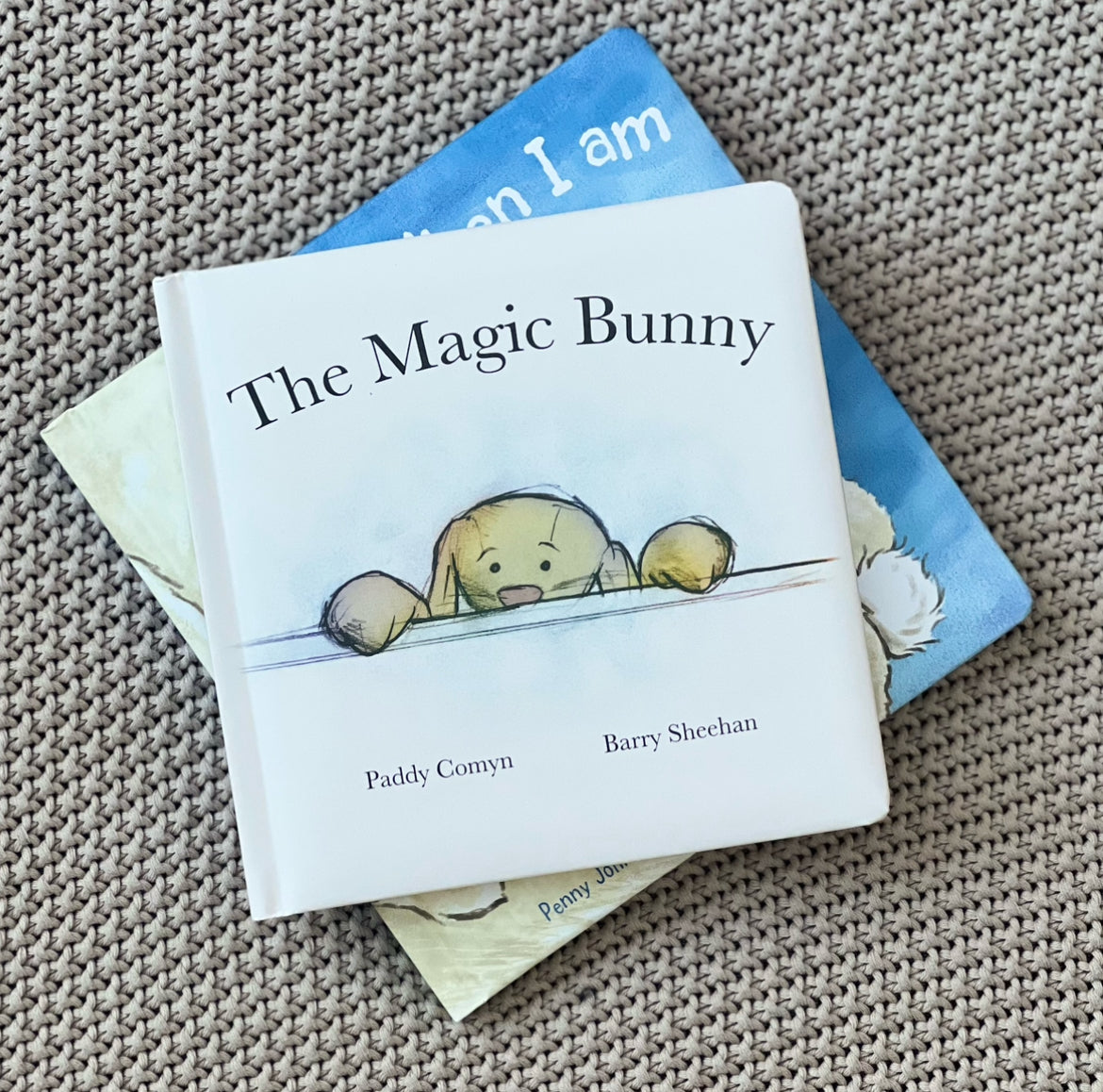

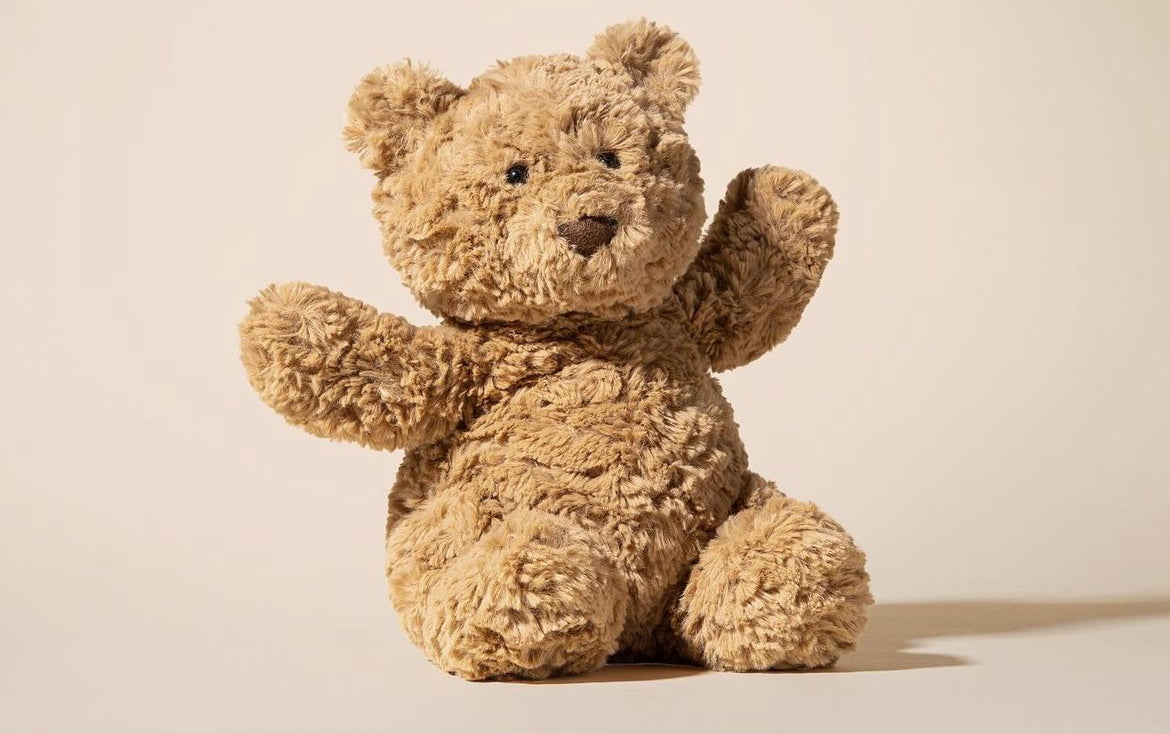
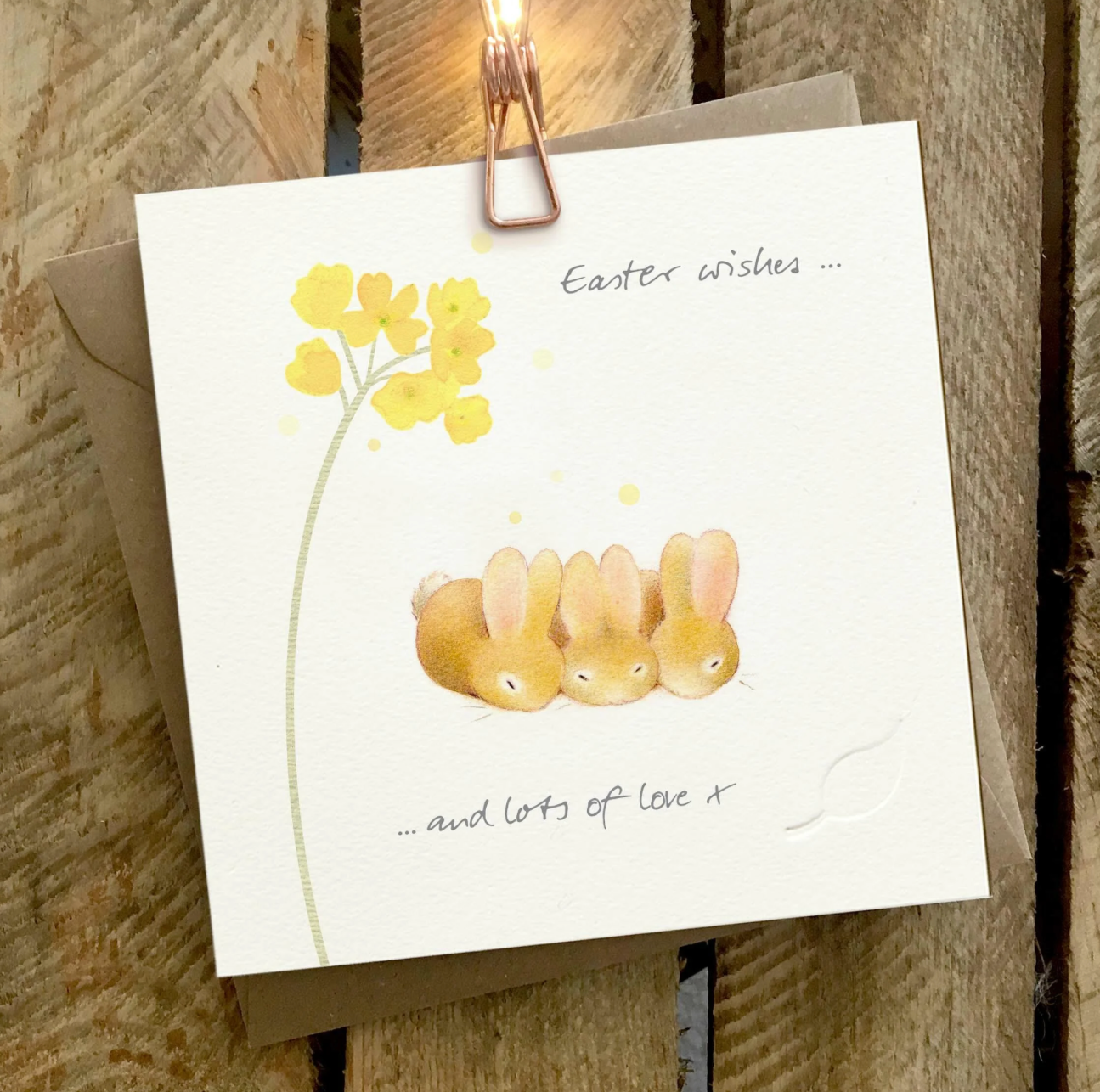
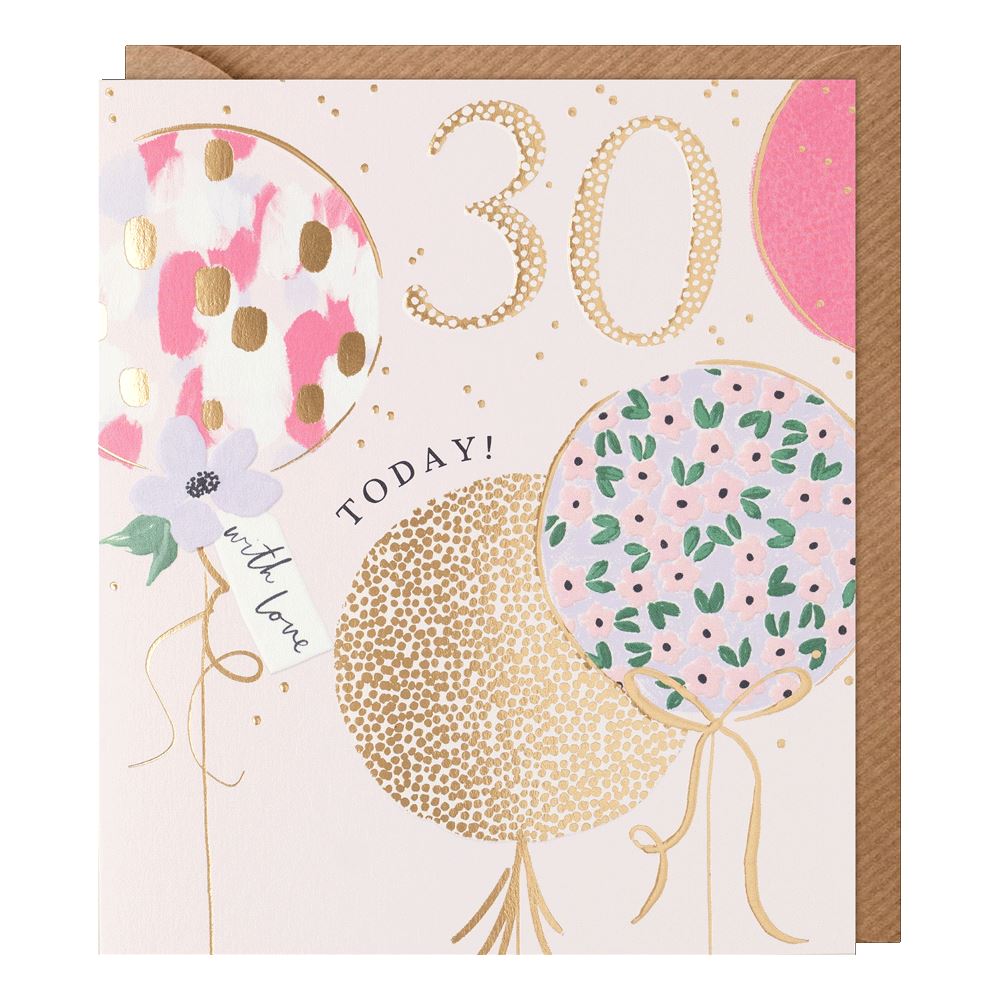
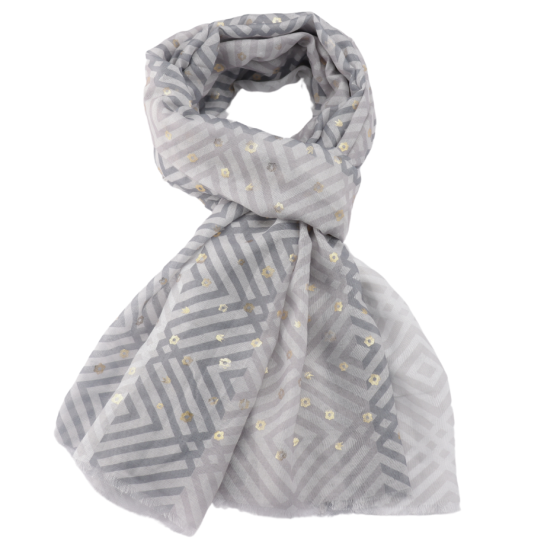
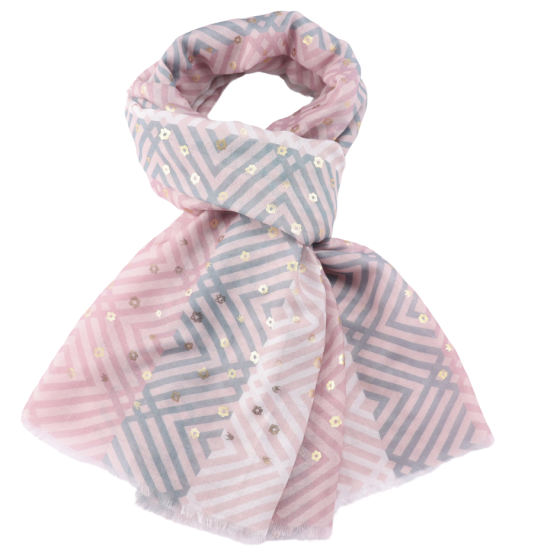
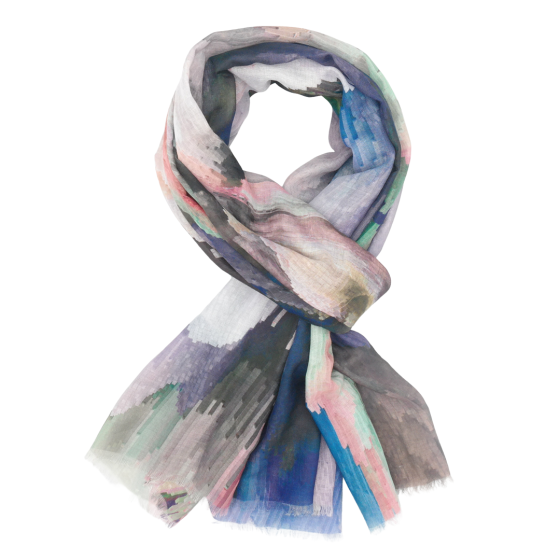
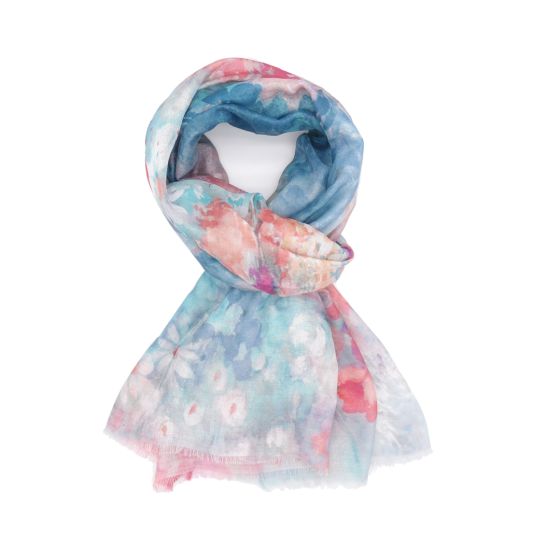
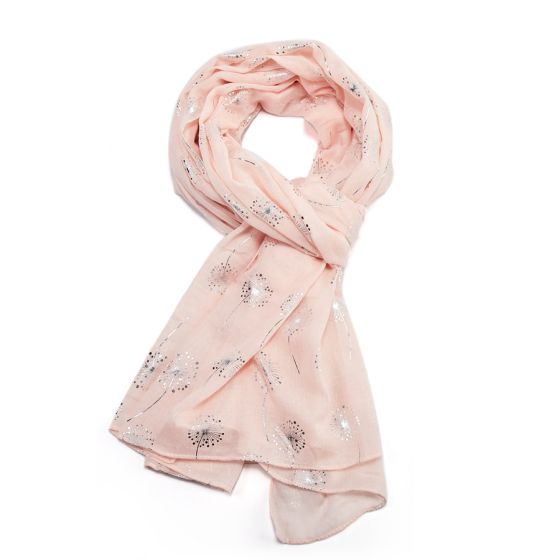
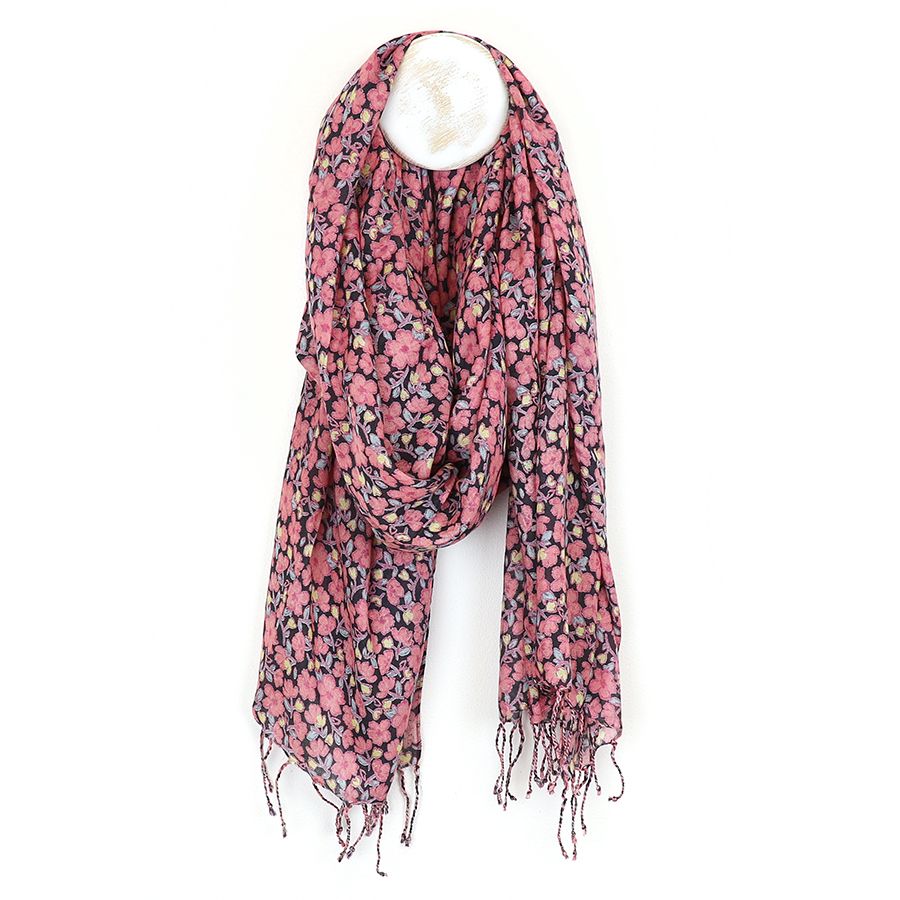
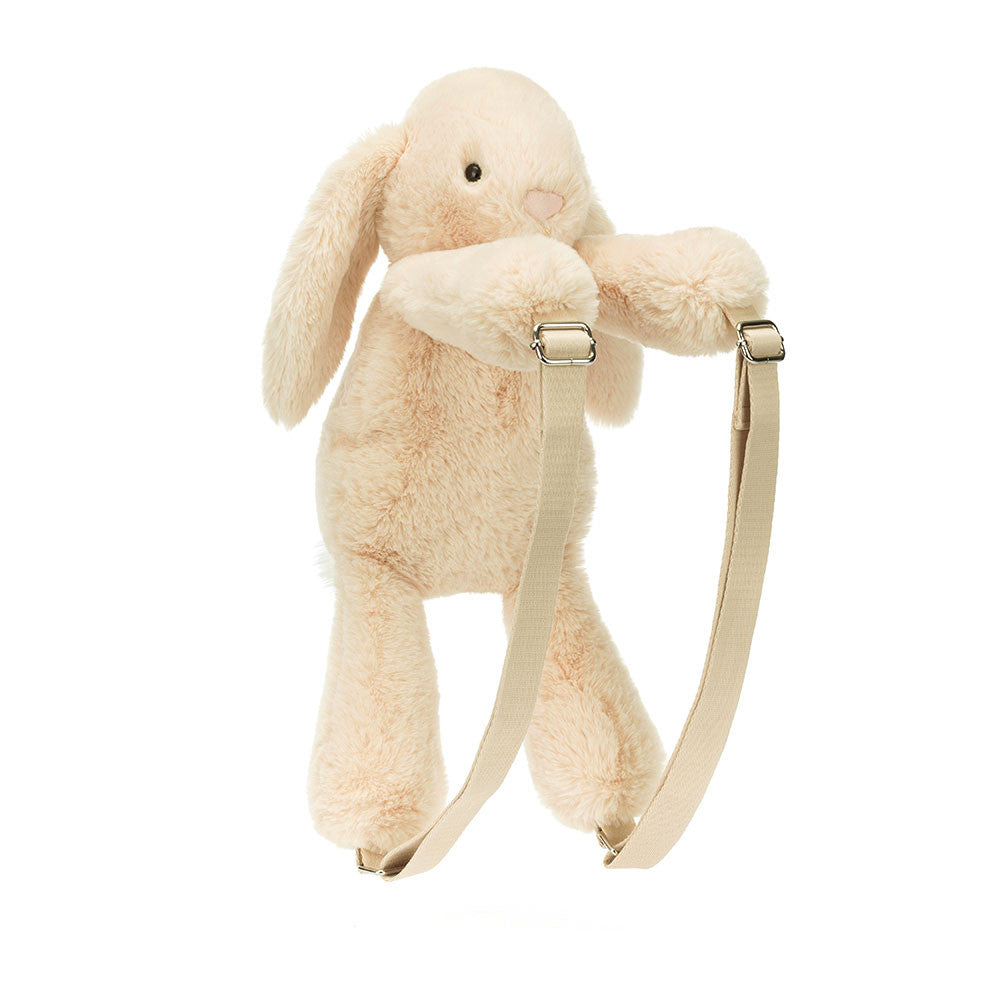
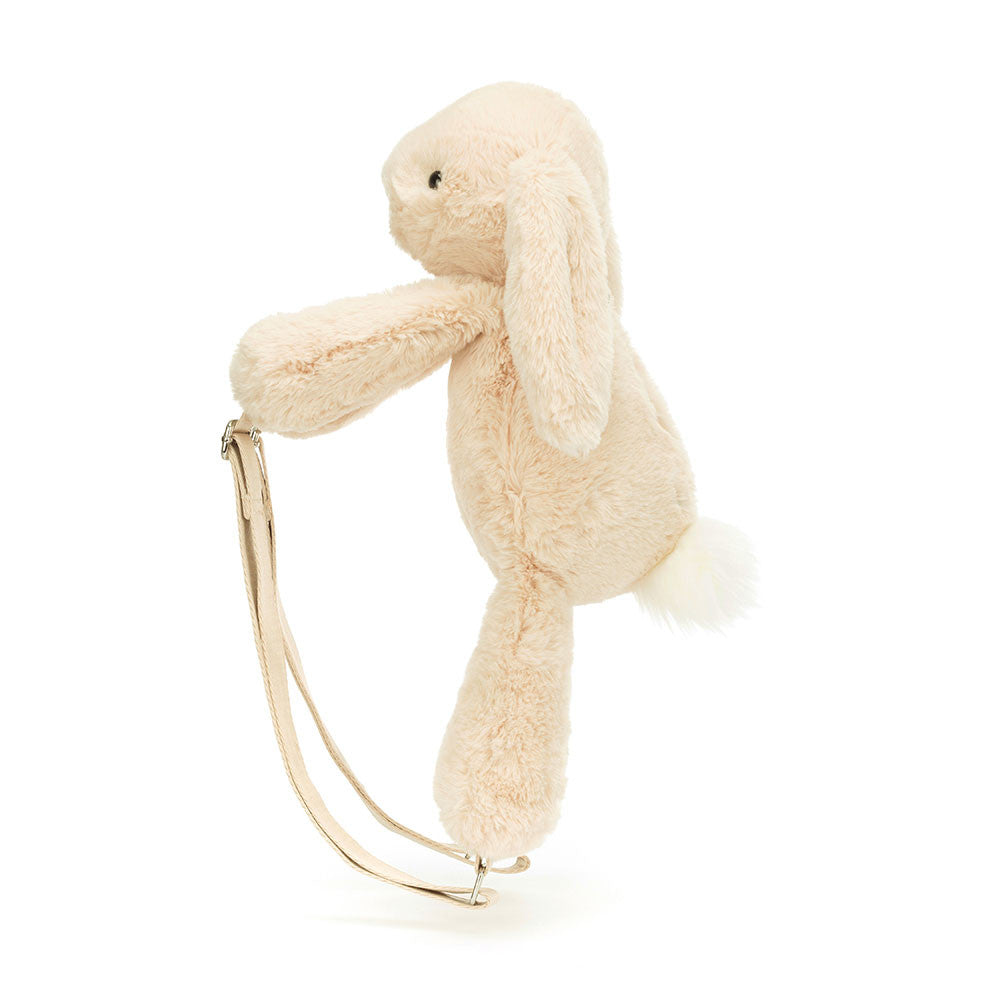
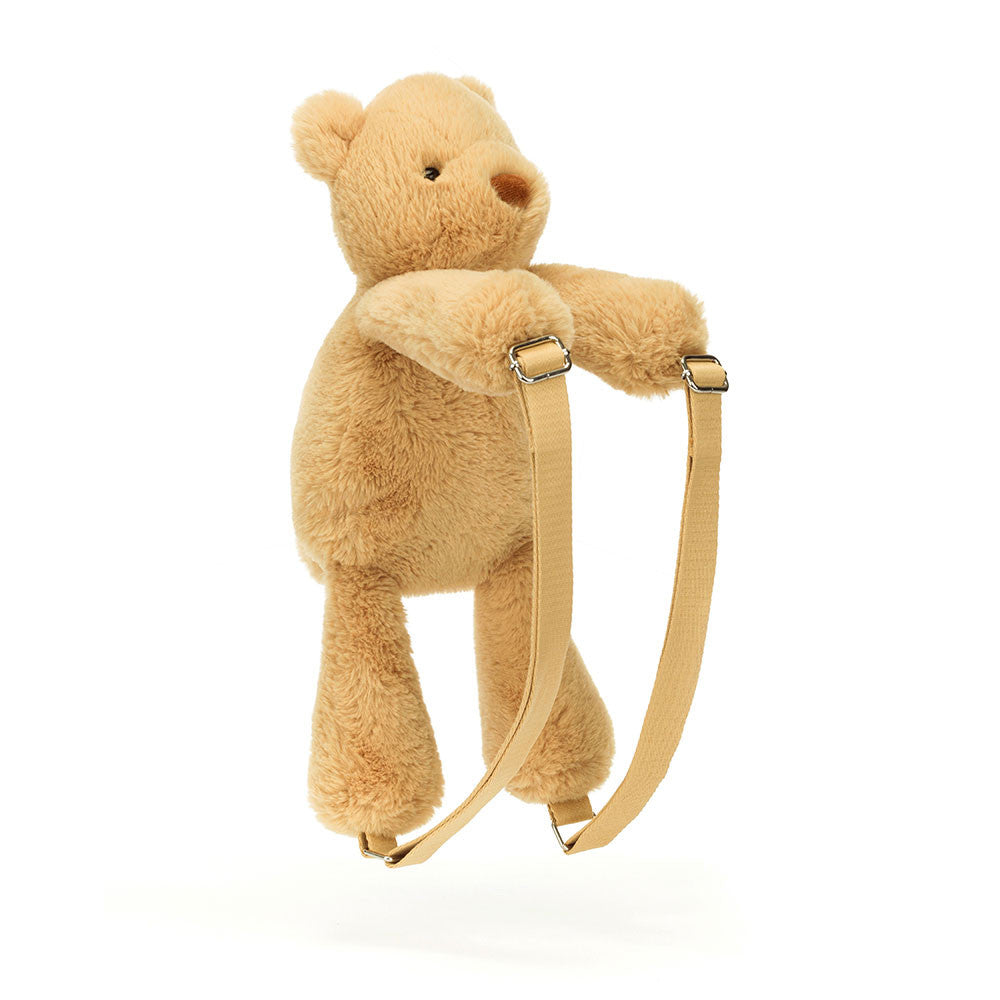
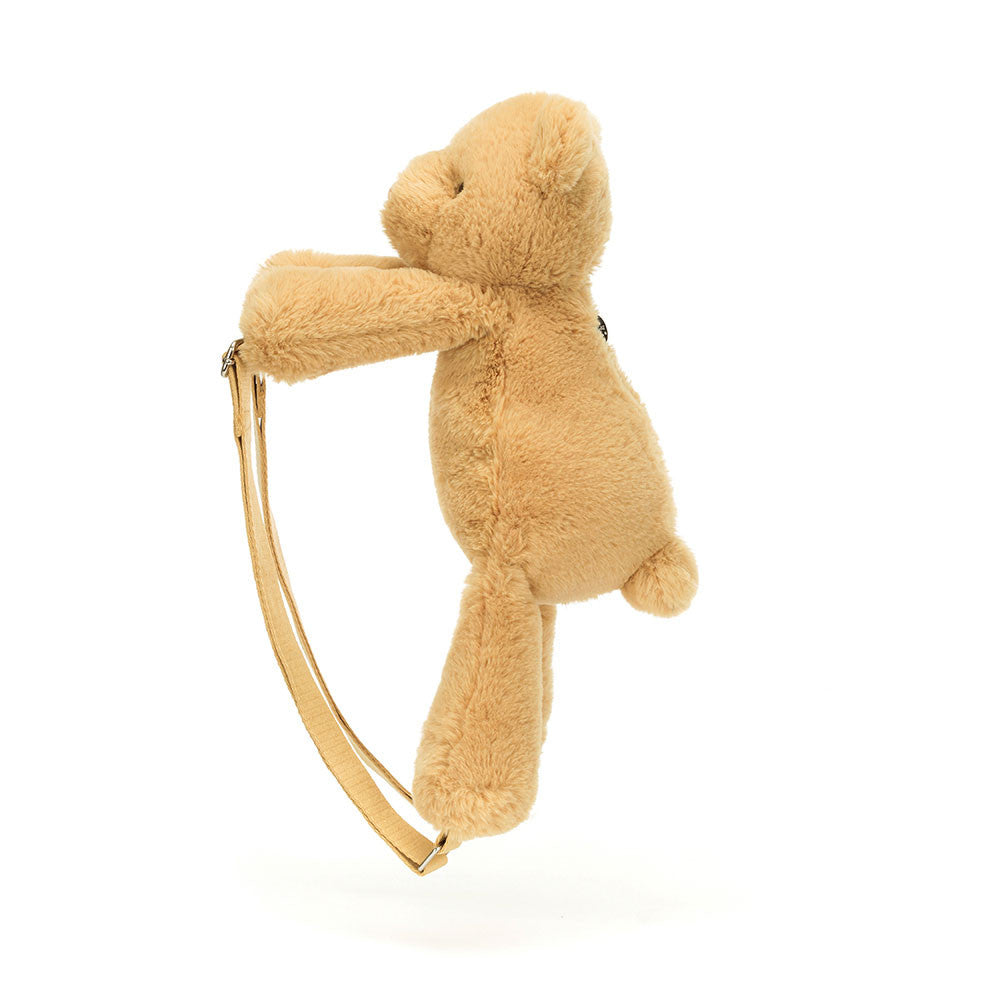
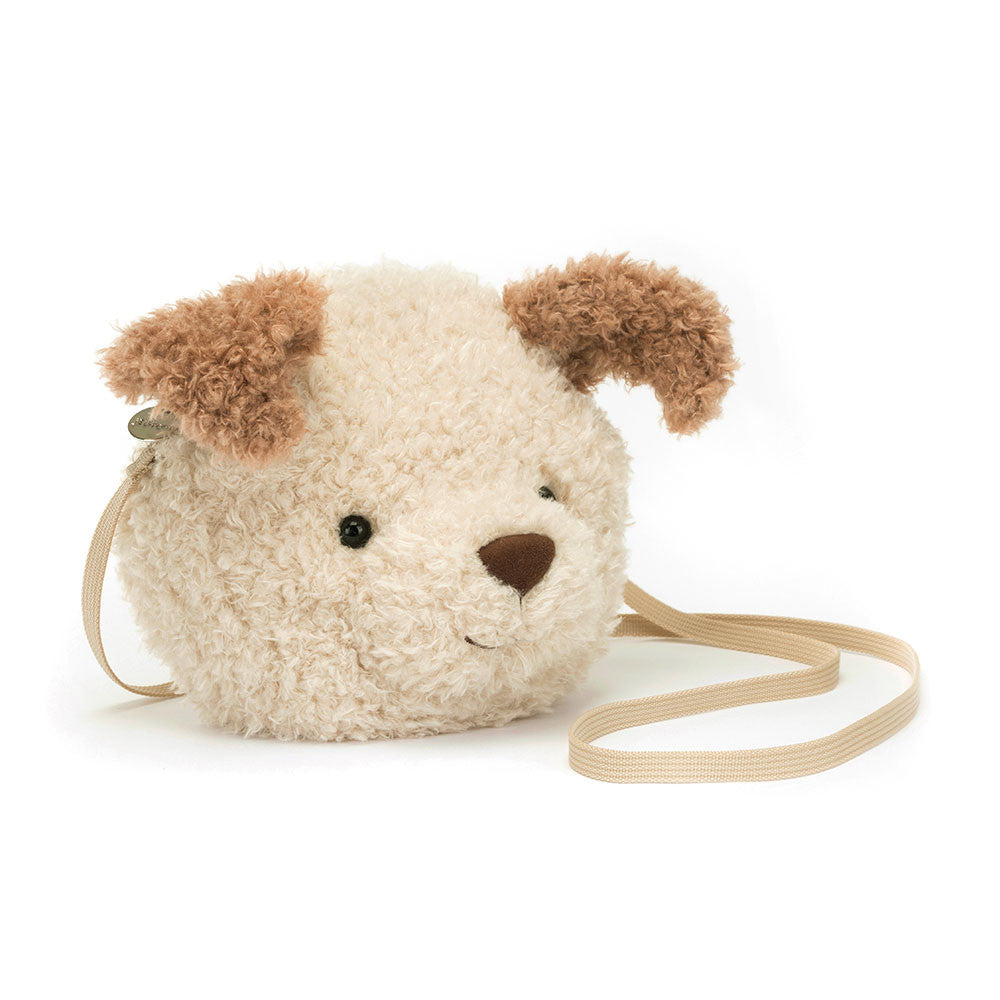
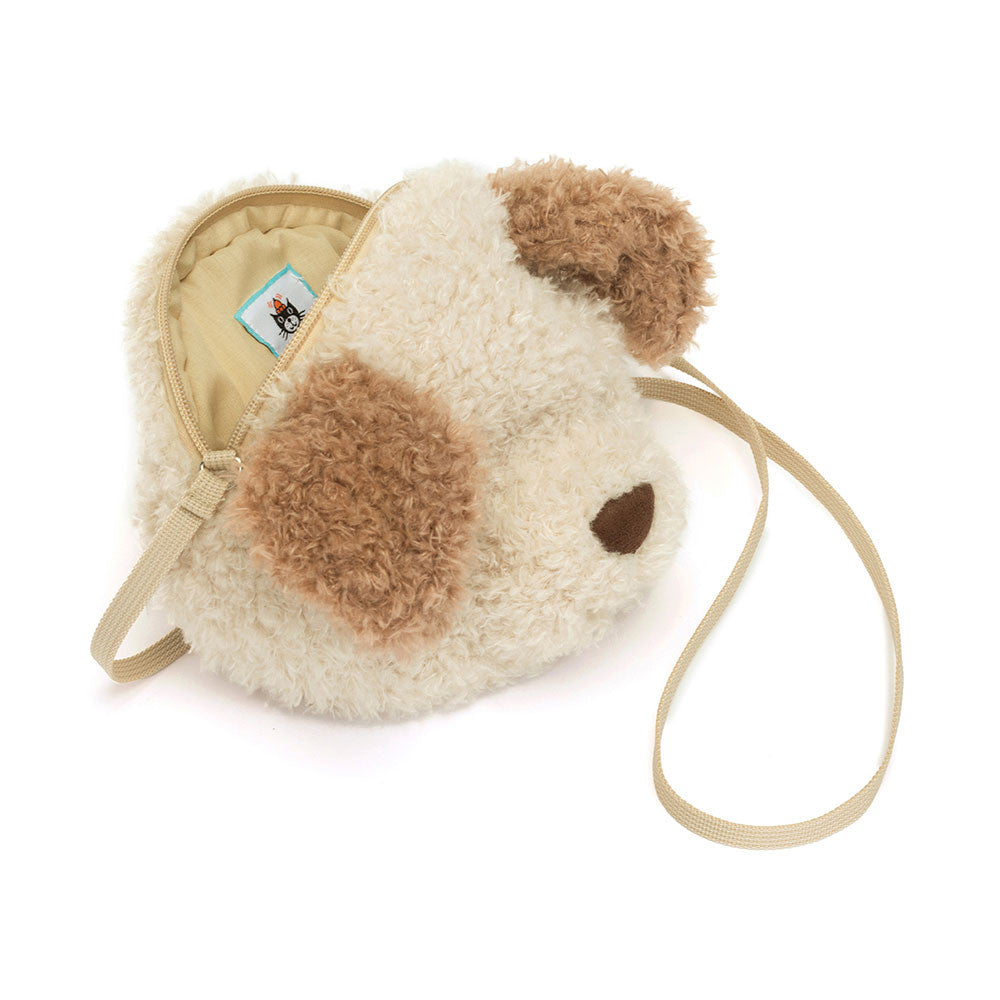





Share and get 15% off!
Simply share this product on one of the following social networks and you will unlock 15% off!